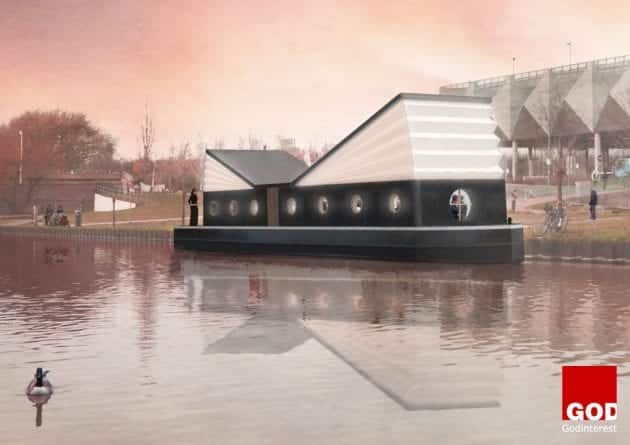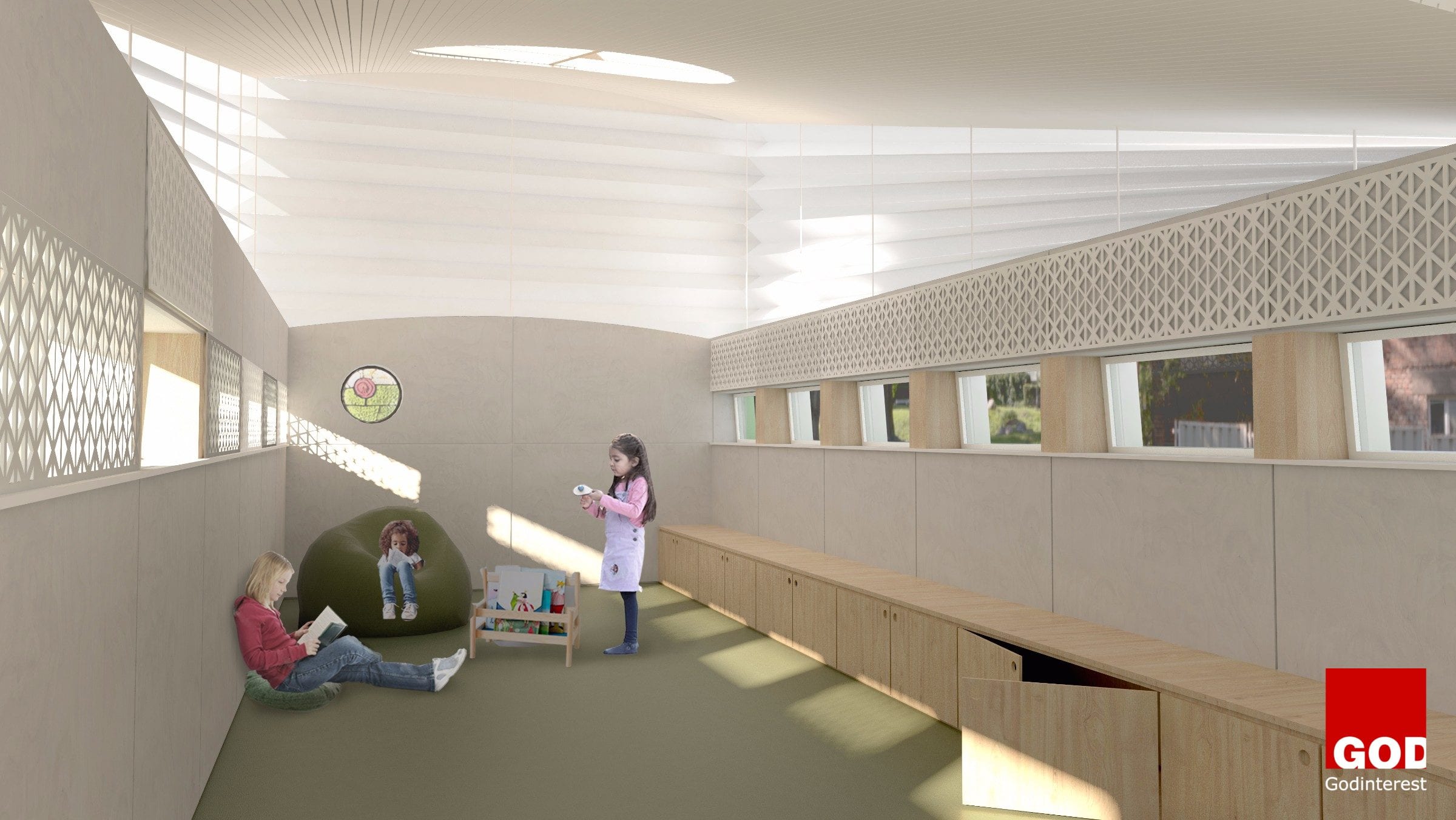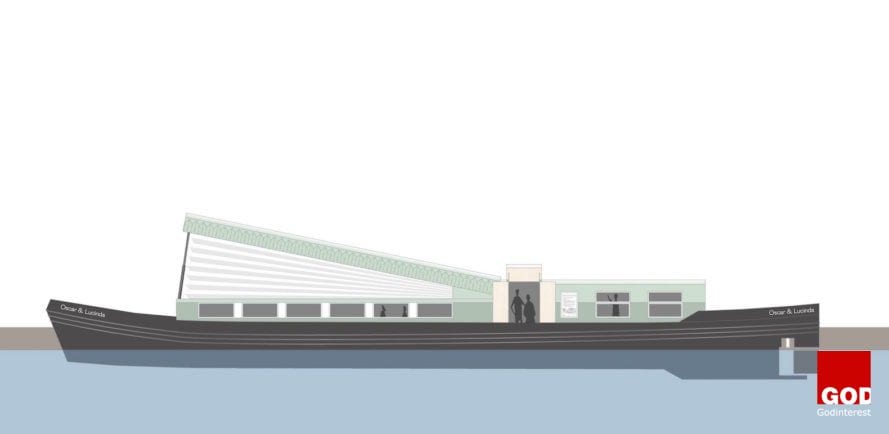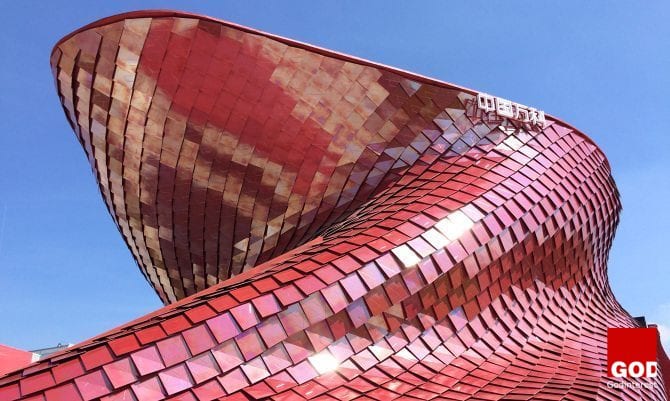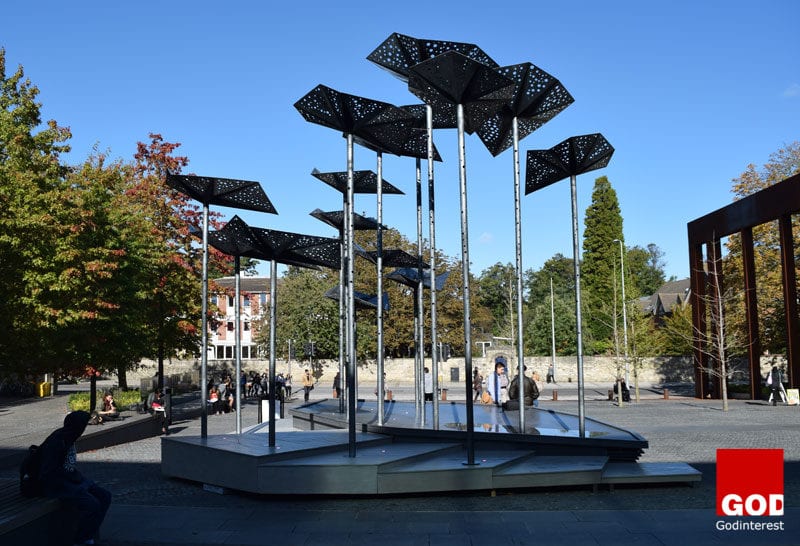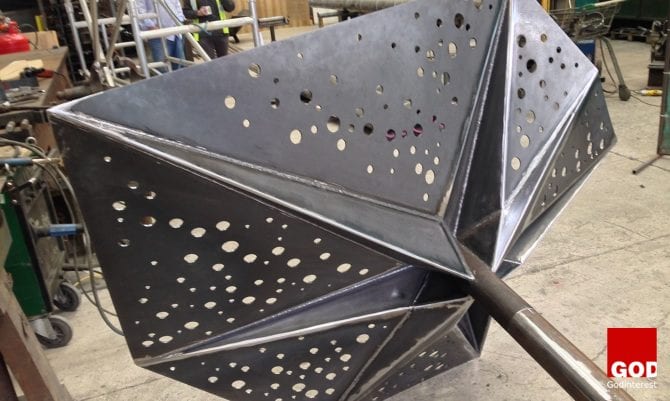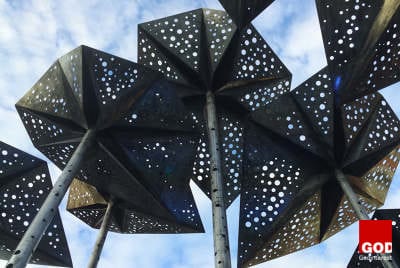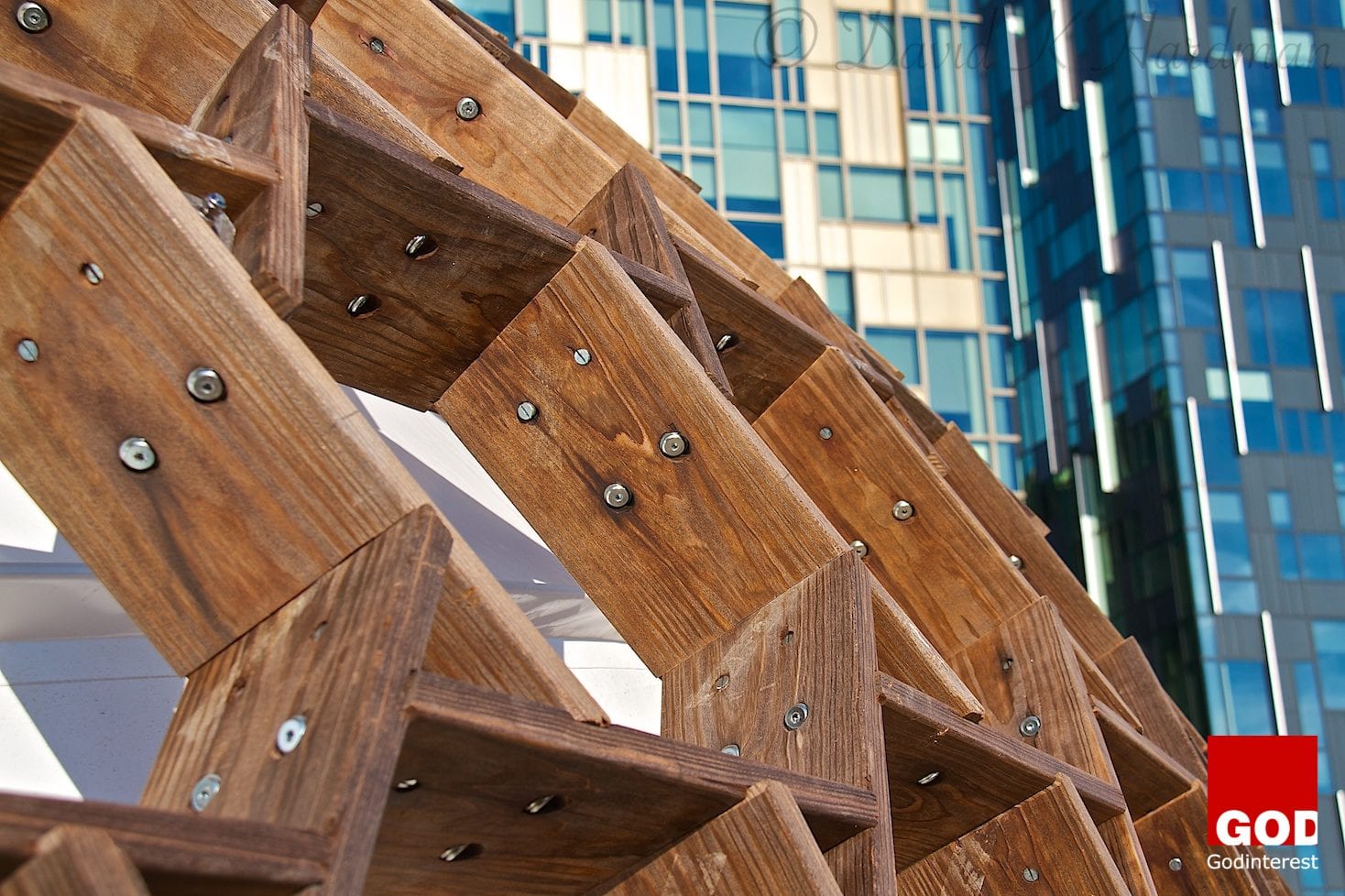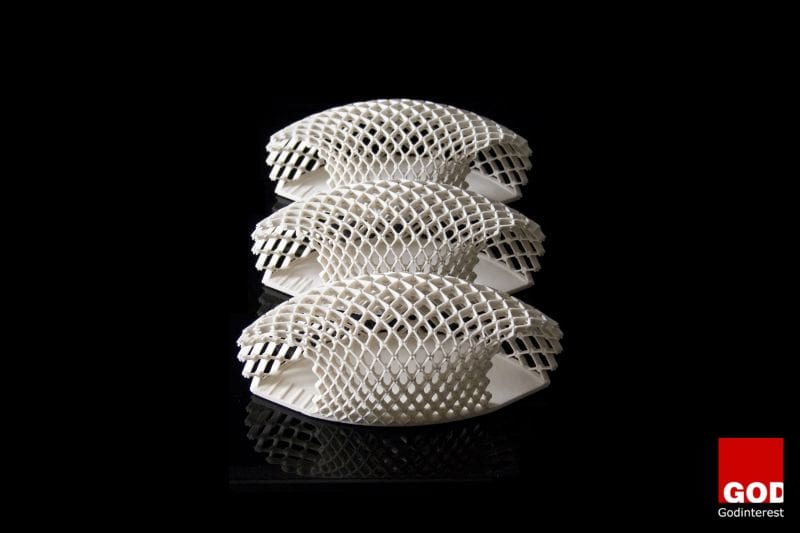Everyone knows a story about a smart and talented professional who has lost his or her passion for a role, who no longer looks forward to going to the office yet remains stuck without a visible way out. Getting on the career ladder is a great thing, you start off at the bottom and work your way up, but sometimes you can get stuck and do not even realize it.
“One in Five Employees Claim They Were Mis-sold Opportunities When They Joined Their Organisation – Kelly Global Workforce Index (Kgwi).”
Commenting on the findings, Debbie Pettingill, Director, Kelly Services UK and Ireland said
“Employee retention will become an increasing challenge for employers as we move out of the recession. As we move into a more candidate driven market, this trend is likely to accelerate. Our findings indicate that this problem is being exacerbated by the misrepresentation of job role or company culture at the interview stage, leading to the dissatisfaction of new hires.”
Most of us know what we are trying to escape a “mis-sold” job resulting in a narrowly defined career, inauthentic or unstimulating work, numbing corporate politics, and perhaps blackmail including direct threats of being used as a scapegoat. A job where you are both overlooked and underappreciated. One may ring true for some of you.
“Fewer than Half of Uk Employees Are Happy with the Way Their Careers Are Progressing According to New British Research.”
Why Would A Company or Person Block Your Move?
Well, this could be because of his or her personal insecurity i.e. as the team works well, why rock the boat? Comfort zone: sometimes the team gets too comfortable? Golden child syndrome: you’re working your butt off and your sponsor or other senior is reaping the recognition from your amazing deliverables?
Working a job you don’t like can leave you feeling stuck, forgotten by God, and asking yourself questions like:
Why hasn’t God opened another door for me yet?
Why is God not moving?
Why would God leave me here in this job I hate?
But the truth is God has not left you. He’s not holding back on you. When you feel God is silent, that’s exactly when He’s moving! Your situation does not change God. He still loves you and is with you no matter what.
Instead of looking at our situation from a perspective of fear and worry, we need to look at it through faith and hope.
What Can You Do About it?
Don’t fret, you can handover your work or completely leave the organisation and still stay sane. You might worry that announcing your intentions will cause your company grief, but ultimately you have to do what’s best for you no matter what!
Think and pray long and hard about how you’re going to drop this bombshell as you will need to give notice. A sound method is required to overcome the assault and possible backlash – including of course more prayer and fasting.
So how are you going to approach it? What’s your reasoning going to be? How are you going to get them to understand exactly why you’re doing this? What do you need to do in order to prepare for the big day?
Easy, you’re going to read this guide.
Strategy 1 – Remote Working Arrangement
This could be a great approach if 80% of your work can be undertaken remotely. However, while there is a very logical argument to be made in favor of working from home, many people equate remote work to a lack of productivity and laziness. These people do not realize that the switch from an office to working from home can actually lead to significant increases in productivity.
Strategy 2 – What’s in It for Me?
What’s in it for me? That question sounds a little selfish, doesn’t it? Maybe you aren’t being compensated fairly, or you’re not happy with the effort vs return. When you know your client and team needs you and you’re willing to stay for a price, don’t mess around. Give them the real number or offer that will make it worth your while to stick it out for awhile.
Strategy 3 – The Budget Cut
The re-structuring. The downsizing. The dreaded budget cut. Whatever name you want to give it, this can be terrifying for a lot of professionals. However, if you’re already thinking about leaving, so maybe it doesn’t have to be such a scary thing. In fact, maybe it can be extremely positive for both parties.
Strategy 4 – The Ease Out
Still feeling weary about leaving the organization. Propose easing yourself out of the post. Pick a time frame, maybe four weeks or so, and come up with a plan for slowly taking yourself out of the position. This also allows you some time to slowly ramp down your time commitment.
Strategy 5 – Burning Bridges in the Industry
“Sometimes it’s about networking and being nice to people and not burning any bridges – but remembering to draw line where you must.”
There’s no harm in an early exit from a job you never plan to mention again or an interim role where you have clearly agreed on a start and finish date. But if your manager is well connected to your industry you should try to leave on a good note. Why? Because it’s a small world and the next hiring manager may put in a call to his or her former colleague (a.k.a., your new manager) to get the unofficial scoop. It happens, so if you’re going to leave anyway then try to fulfill your end of the deal.
Strategy 6 – Get Moving Fast
Imagine, for example, that you were hired to help the company manage multiple programmes and projects across the globe, but a recent change in leadership means all efforts moving forward will be focused locally.
If you’re spending your days just trying to find ways to be productive or are undertaking a role you never signed up for, you have every right to pursue new opportunities. Of course, the first course of action should normally be to discuss this with your manager to see if there are other roles you can take on. But if you know that this isn’t going to happen in the new world, get moving fast.
Strategy 7 – Your Dream Job Awaits
“When you’re being interviewed, always treat the interview as a 50-50 thing,” says Andy Dallas, a director at Robert Half International, recruitment consultants. “Ask what you can expect to be doing in your first week, month and three months. Ask what a successful year looks like.”
Dream jobs don’t come every day. So, if you have a chance at yours, take it quickly and congratulate yourself for being strong enough to leave when you were unhappy.
Strategy 8 – Remeber to Be Patient
We will not always be in a job we desire. Maybe you are fresh out of school and are working a job that has nothing to do with the degree you just earned. Maybe you are in a situation where you are working at a job where you are overqualified, overworked, and fed up. Maybe, for the most part, you love your job but get discouraged by the mundane tasks that take up time from doing the aspects of your job you love most.
“Humble yourselves before the Lord, and he will exalt you.” – James 4:10 NIV
Here’s the thing: God will still use this season to grow, develop, and prepare you. Any season that humbles us is preparing us for what God has next.
Any thoughts to share?




